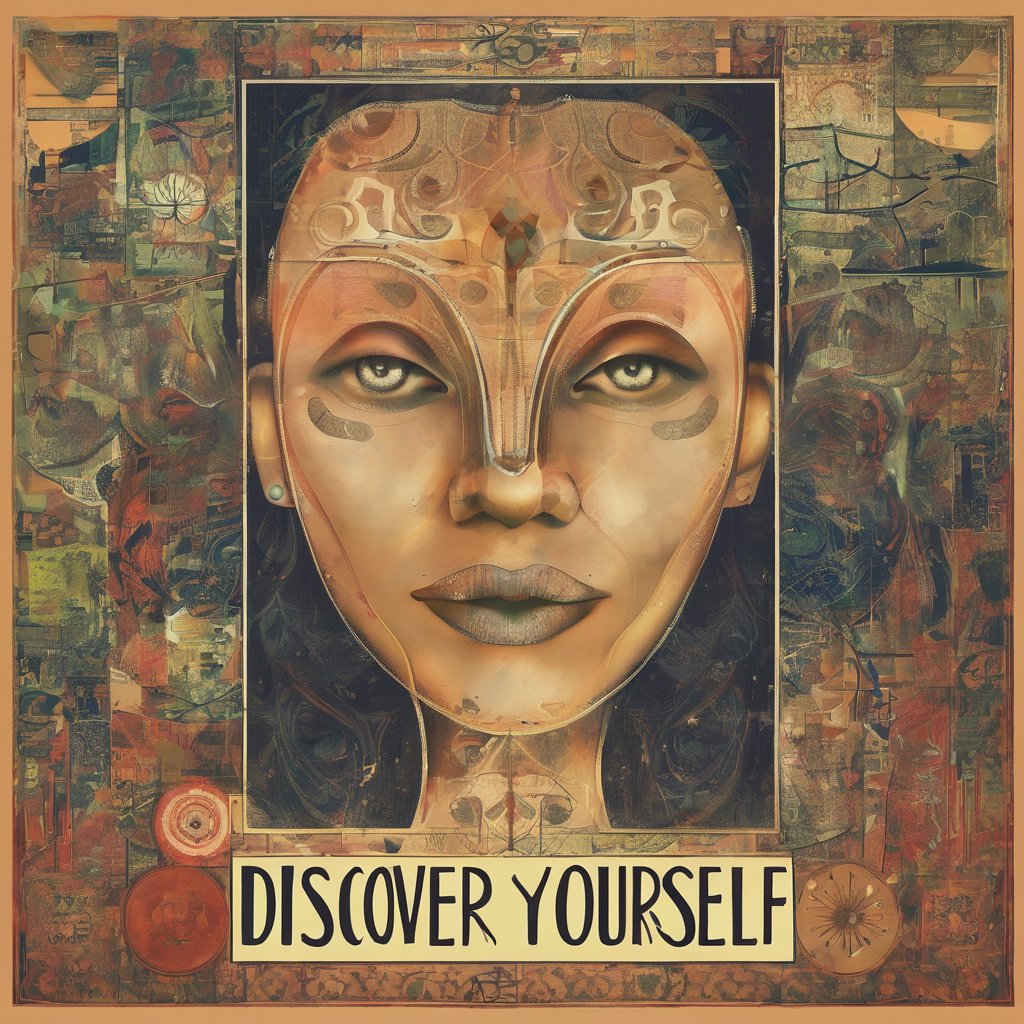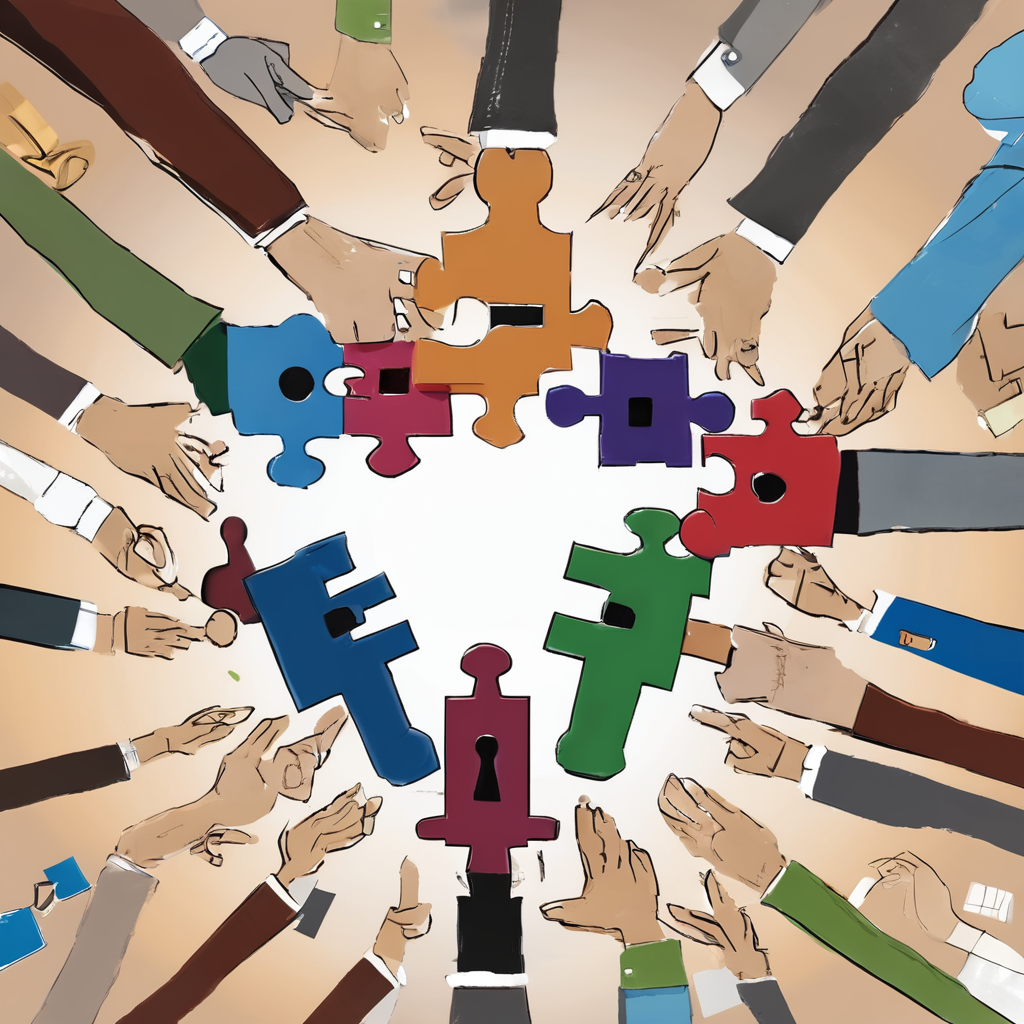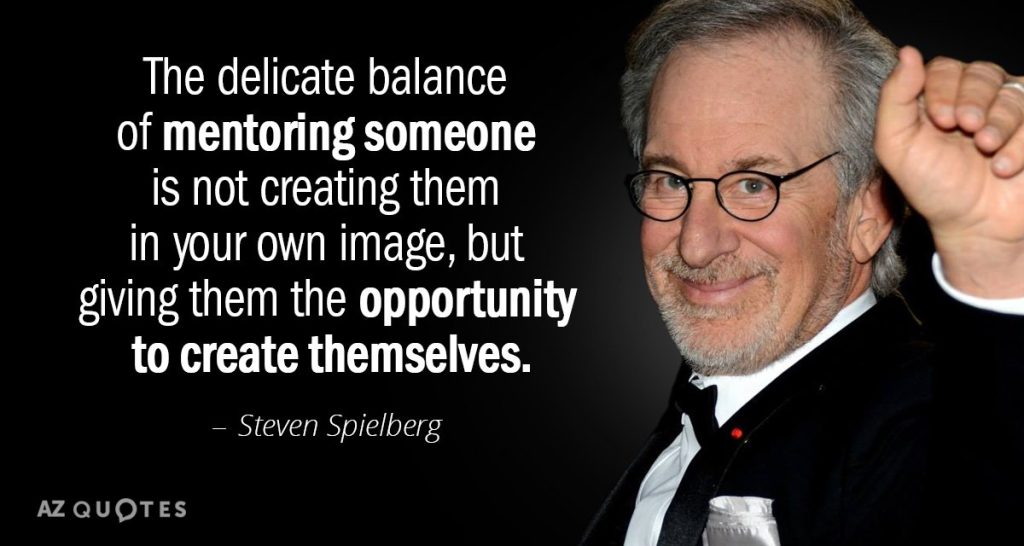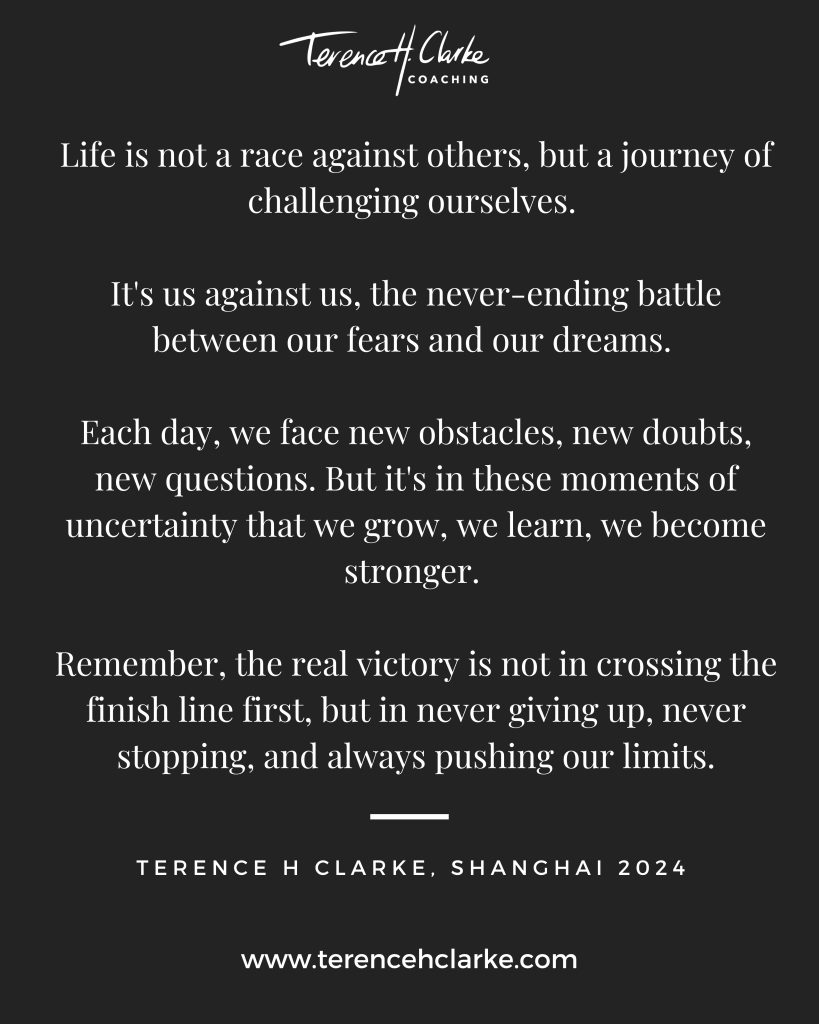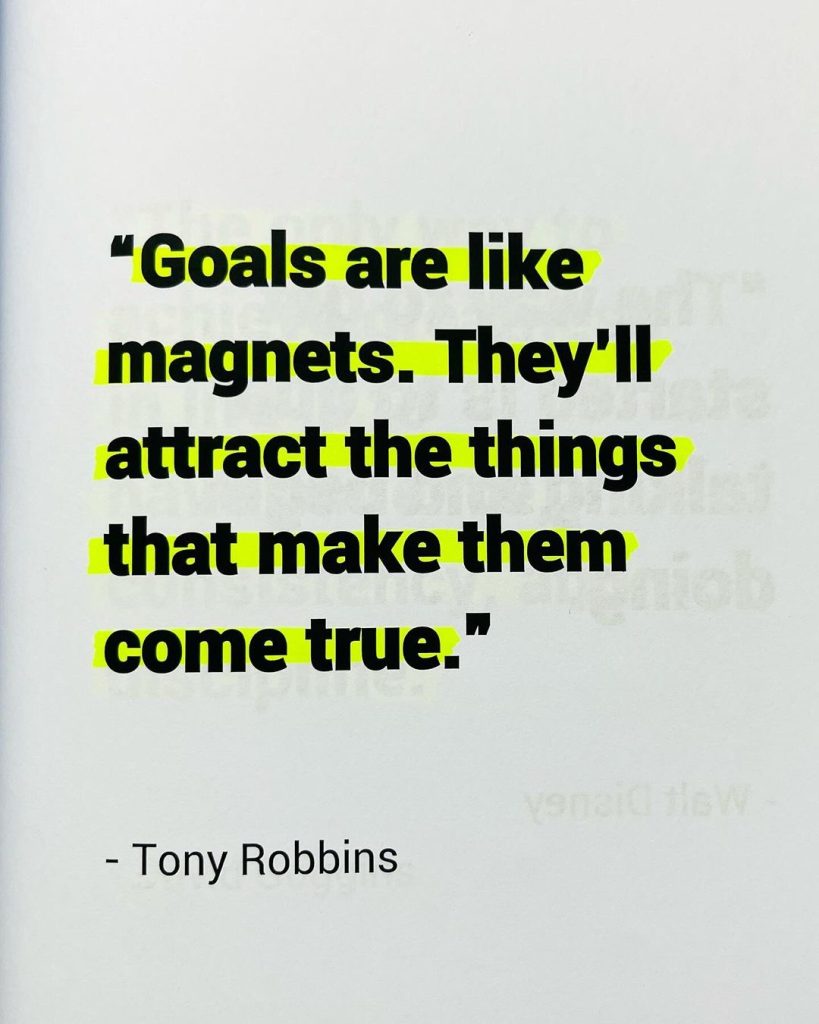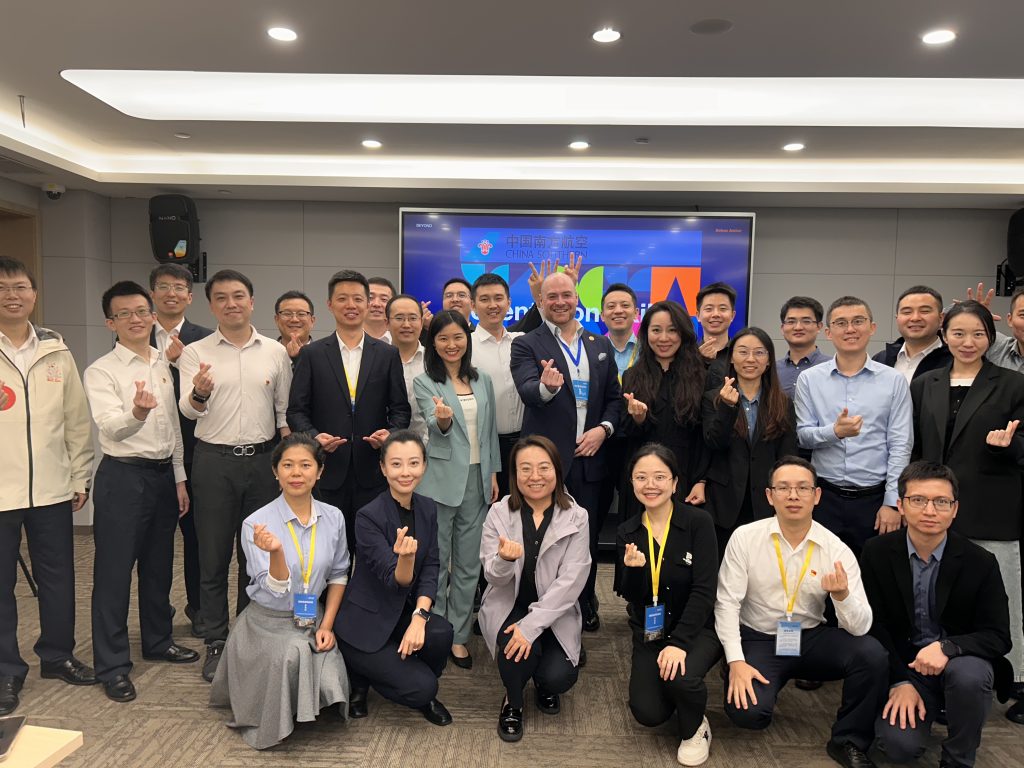Personal Development Trends and Insights: A Mid-Year Reflection
Several key trends have emerged over the past six weeks. As we navigate these changes, it’s important to observe and reflect on how these trends affect our personal growth journeys. In this edition of the Build a Better You Newsletter, I share some insights from recent developments and my thoughts on how they can be practically applied. 1. Embracing Micro-Learning and Continuous Education The trend towards micro-learning is transforming how we acquire skills and knowledge. Short, focused learning modules make it easier to integrate education into our daily lives, especially amidst busy schedules. This aligns with the concept of continuous education, where learning is a lifelong pursuit. In my coaching practice, I emphasize the value of setting micro-goals to break down complex tasks into manageable parts. This approach helps in maintaining momentum and achieving long-term objectives. 2. The Growing Importance of Mental Well-being Mental well-being has become a focal point in personal development, especially in the wake of recent global challenges. Practices like mindfulness and positive psychology are crucial for managing stress and building resilience. These practices are not just trends but essential tools for maintaining mental health. In my sessions, I often integrate mindfulness techniques to help clients stay grounded and focused. 3. Building Authentic Connections in the Digital Age With the rise of digital communication, building authentic relationships has become increasingly challenging yet crucial. Authenticity fosters trust and deepens connections, both personally and professionally. I encourage my clients to align their digital presence with their core values, ensuring consistency and authenticity in their interactions. 4. The Power of Reflection and Self-Awareness Self-reflection and awareness are vital for understanding our strengths and identifying areas for improvement. These practices are essential for personal growth and decision-making. In my coaching practice, I guide clients through reflective exercises that help them gain clarity and align their actions with their long-term goals. Quotes for Reflection Here are some thought-provoking quotes to inspire your personal development journey: Questions for Reflection For more insights and resources, sign up for my newsletter. Notice: JavaScript is required for this content.
Personal Development Trends and Insights: A Mid-Year Reflection Read More »


